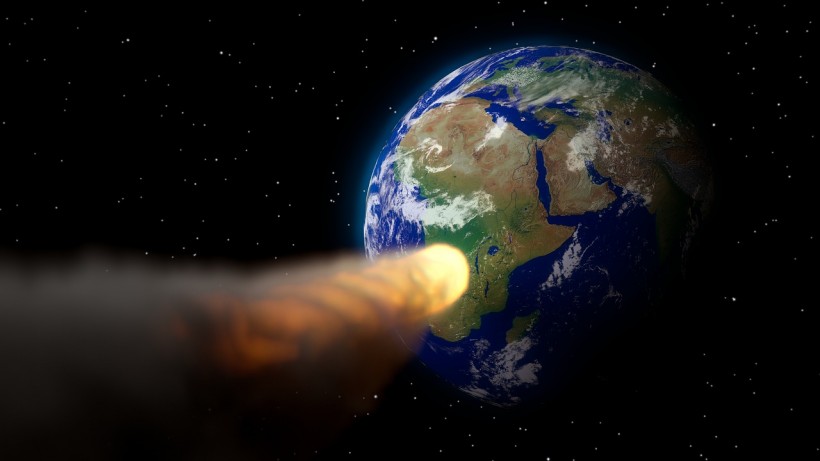The European Space Agency (ESA) said an asteroid that was originally considered "the riskiest asteroid known to humanity" because it may strike the Earth in the next few decades won't do so.
The asteroid in issue, 2021 QM1, was formerly dreaded by specialists due to estimates showing it had a probability of colliding with Earth on April 2, 2052. It is believed to be around 50 meters wide, Jerusalem Post reported.

What Time Will the "Monster Planet Killer" Asteroid Pass By Earth? Here's How To Watch It
Here's Why Asteroid 2021 QM1 Became A Threatening Space Rock
The Mount Lemmon observatory discovered asteroid 2021 QM1 for the first time in August last year, and numerous further sightings from other telescopes later verified its existence.
However, the rock appeared to be more troubling the more telescopes that looked at it. At first, it looked increasingly likely that the asteroid would pass "dangerously near" to Earth in the next 30 years with each new observation.
Scientists were concerned about the calculations because an asteroid 160 feet broad would result in destruction comparable to the nuclear weapon unleashed by the U.S. on Hiroshima at the end of World War II.
"These early observations gave us more information about the asteroid's path, which we then projected into the future," said Richard Moissl, ESA's Head of Planetary Defence, in a statement.
According to Moissl, the asteroid traveling around the sun in the future were visible to the researchers, adding that the asteroid may pass perilously near Earth.
"The more the asteroid was observed, the greater that risk became," Moissl added.
ALSO READ: Potentially Hazardous Giant Asteroid Bigger Than London Eye to Whiz Past Earth Monday
The asteroid vanished for several months in the light of the sun as its orbit drew it closer to our star, the anticipated collision risk being uncomfortably high.
The space rock would be too far away and too dim to be seen by the majority of ground-based observatories by the time it returned to a darker sky, astronomers understood, Space.com reported.
They turned to the Very Large Telescope for assistance since it had a good chance of finding the rock because of its 26-foot-wide (8-meter) mirror. It was still a difficult task.
When 2021 QM1 had a magnitude of 27, the telescope was able to find it. The sun, which is the brightest object in our sky, has a magnitude of minus 27, for reference. The brightest stars in the sky have a magnitude of about 0 (the magnitude scale reverses the actual brightness of objects).
ESA Takes Off Asteroid From Danger List
Unfortunately, Digital Trends said there was still another issue. Not only did a future impact appear likely, but the asteroid also passed near the sun in the latter months of 2021. As a result, it was difficult to view the asteroid for a few months afterward. Astronomers had to act quickly to monitor the asteroid once it was out of the sun's glare but before it got too far away to be seen again since it was swinging away from Earth.
The observations made 2021 QM1 the smallest asteroid ever seen. But with the new information, scientists could more precisely determine the asteroid's orbit and concluded that it wouldn't collide with Earth.
The asteroid was taken off the ESA's danger list, which is excellent news for mankind. The less positive news is that we may still require those planetary defense systems in the future since there are 1,377 other asteroids on the list.
RELATED ARTICLE: Major Astronomy Events in July 2022: Summertime Comet, Meteor Showers to Join Milky Way in Night Sky This Month
Check out more news and information on Space in Science Times.














